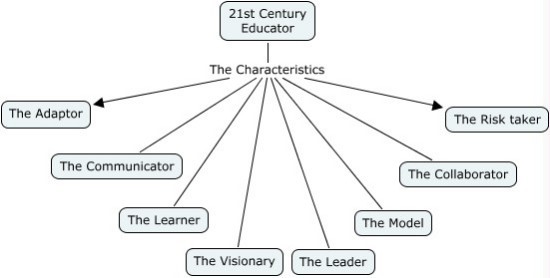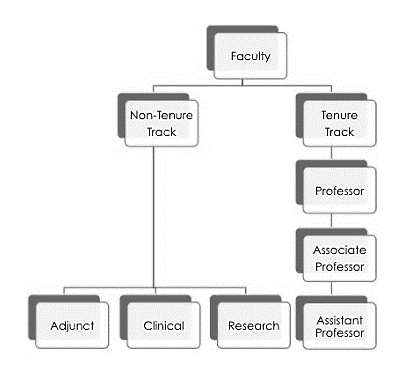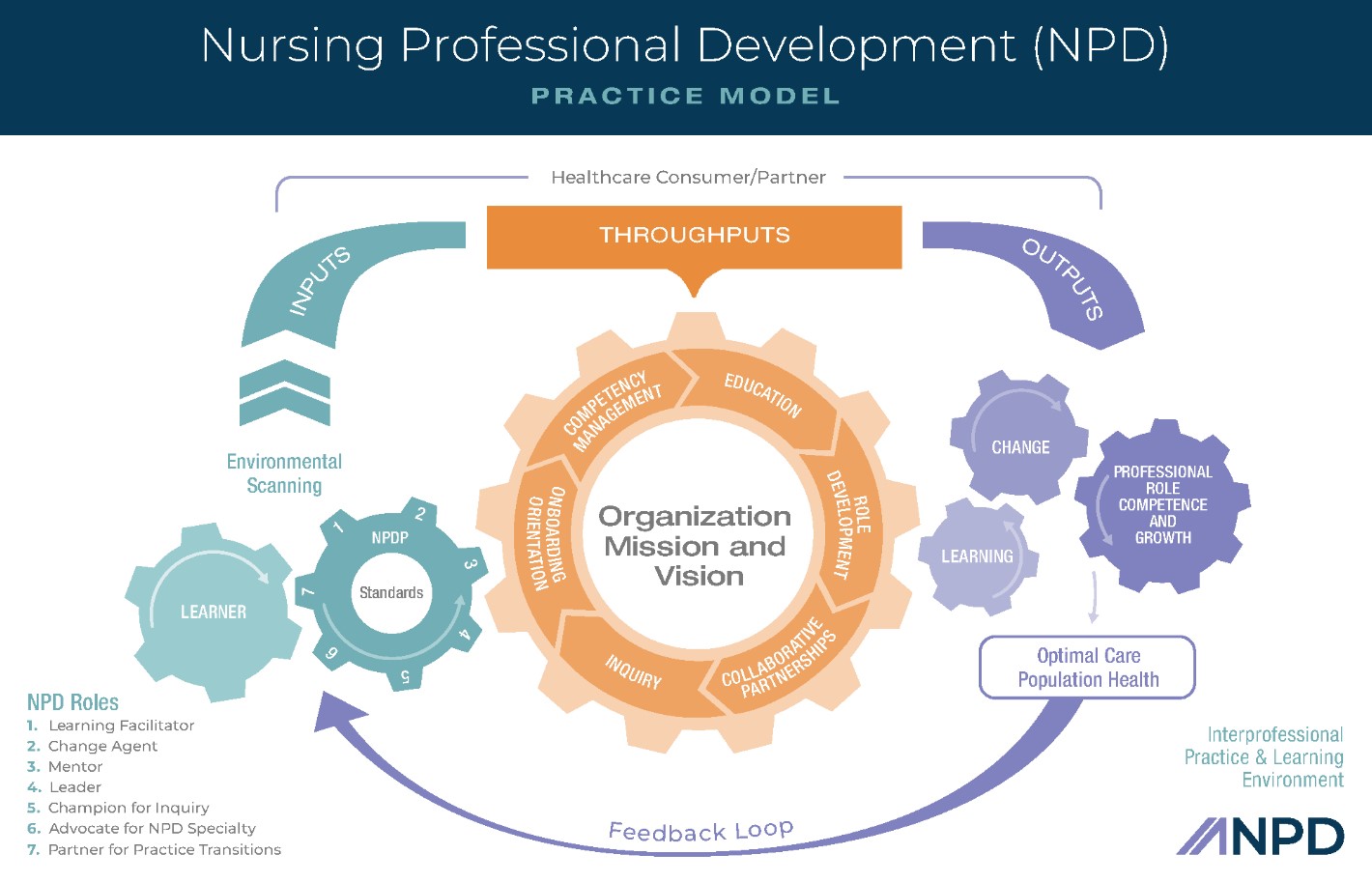Online Course
NURS 787 - Theoretical Foundations of Teaching and Learning
Module 7: Roles and Environments
roles
When we think of nurse educators, many other words come to mind as well. Words such as guide, facilitator, mentor, coach, expert, and role model describe some of the ways that educators help others learn. But there are also distinct roles or positions nurse educators fill in hospitals and clinics, schools and universities, in businesses and community settings. Regardless of role, modern educators must wear many hats, per se, as shown in the figure below.

Image from:http://21stcteachers.blogspot.com/2014/01/8-characteristics-of-21st-century.html
There are two major roles of nurse educators: academic faculty and staff development educators, now more commonly known as nursing professional development (NPD) practitioners, who can function at two different levels, generalists or specialists. Each of these groups have specialty certifications. For academic educators, this is the CNE designation via the National League for Nurses (NLN), and for NPD practitioners, this is the NPD-BC certification via the American Nurses Credentialing Center (ANCC).
The American Association of Colleges of Nursing (AACN) is a major source of information, resources, and support for academic nurse educators in bachelor’s, master’s, and doctoral level programs in college and university settings.
Academic Nurse Educators
Academic nurse educators or nurse faculty typically practice at universities, either through lecture, classroom or virtually. Their target learners are nurses entering practice, such as nursing students, and nurses who are advancing their practice in a graduate program, advanced practice program, and doctorate programs. However, teaching is not the only role of academic nurse educators and faculty. Many programs, such as UMSON, consider research, professional service, scholarship, and other scholarly contributions in the scope of nurse faculty.
Within the academic educator or faculty role, there are several possibilities or tracks. This figure depicts typical faculty positions in one university. These tracks may vary in schools depending on their size, reporting structure, and whether or not there is a tenure policy in place. Promotion from one “rank” to another is a formal process and encompasses the entirety of the faculty role.

Source: http://www.aacnnursing.org/Teaching-Resources/Tool-Kits/Transitioning-Clinical-Faculty
Nursing Professional Development (NPD) Practitioners
NPD practitioners typically practice in clinical settings, such as hospitals or clinics. Their target learners are nurses or staff who have already entered practice and sometimes nursing students in clinical settings.
The Association for Nursing Professional Development (ANPD) outlines seven roles of the NPD practitioner:
- Learning facilitator
- Change agent
- Mentor
- Leader
- Champion for scientific inquiry
- Partner for practice transitions
- Advocate for NPD specialty
The ANPD model is seen below and was designed to include the inputs, throughputs and outputs, with the six responsibilities of NPD practitioners as the throughputs:
- Orientation & Onboarding
- Competency management
- Education
- Role development
- Collaboration/Partnerships
- Research/EBP/QI

Image from https://www.anpd.org/core-curriculum/npd-practice-model-poster
Other key roles for nurse educators include diabetic nurse educators, lactation specialties, community and public health nurses, school and employee health nurse educators, and many more. What others can you think of?
This video from the Johnson & Johnson nurse educator campaign (2009) reminds us of the importance of nurse educators in various settings. As you watch, think of the various roles and role models depicted in the video. Perhaps one reminds you of a favorite teacher or mentor, or perhaps even of your own influence on others.
https://www.youtube.com/watch?v=_kCKcnuUx8E
This website is maintained by the University of Maryland School of Nursing (UMSON) Office of Learning Technologies. The UMSON logo and all other contents of this website are the sole property of UMSON and may not be used for any purpose without prior written consent. Links to other websites do not constitute or imply an endorsement of those sites, their content, or their products and services. Please send comments, corrections, and link improvements to nrsonline@umaryland.edu.